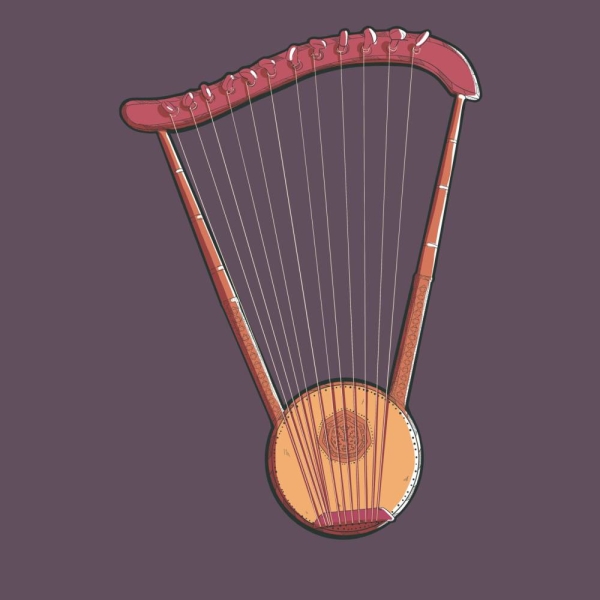Saudi Gazette Report: Saudi Arabia Registers Semsemiah Instrument as UNESCO Intangible Cultural Heritage
Riyadh — Saudi Arabia has achieved a remarkable milestone by registering the “Crafting and Playing of the Semsemiah Instrument” on UNESCO’s Representative List of Intangible Cultural Heritage. This significant announcement was made by Minister of Culture Prince Badr bin Abdullah, highlighting the cultural richness and heritage preservation efforts of the kingdom.
The registration of Semsemiah adds to the prestigious list of Saudi cultural components recognized by UNESCO, showcasing the diverse and vibrant traditions of the region. From Arabic coffee to traditional weaving of Al-Sadu, Saudi Arabia continues to celebrate and protect its cultural heritage for future generations.
The Semsemiah instrument holds a special place in the traditional arts scene, particularly in coastal areas where it is used during social events and celebrations. Its melodies narrate tales of maritime heritage and the social life of these regions, creating a unique artistic identity that has been passed down through generations.
This recognition not only honors the legacy of the Semsemiah but also highlights the kingdom’s commitment to bridging heritage and innovation in the realm of art and culture.
FAQs
1. What is the significance of registering the Semsemiah Instrument on UNESCO’s Representative List of Intangible Cultural Heritage?
The registration of Semsemiah signifies the cultural importance and rich heritage associated with this traditional instrument, showcasing Saudi Arabia’s commitment to preserving and celebrating its cultural diversity.
2. How is the Semsemiah instrument used in social events and celebrations?
The Semsemiah is played during communal gatherings, such as weddings and local festivals, where people come together to enjoy traditional melodies that narrate stories of maritime heritage and the social life of coastal regions.
3. What is the role of the Semsemiah in bridging heritage and innovation in Saudi art?
The Semsemiah serves as a bridge between the rich heritage of Saudi Arabia and innovative artistic expressions, blending traditional melodies with contemporary interpretations to create a unique cultural experience.
4. How is the skill of playing the Semsemiah passed down through generations?
The art of playing the Semsemiah is traditionally passed down from generation to generation within coastal communities, ensuring that the cultural significance and musical tradition associated with the instrument are preserved for the future.
5. What are some other cultural components of Saudi Arabia registered on UNESCO’s Representative List of Intangible Cultural Heritage?
In addition to the Semsemiah, Saudi Arabia has registered various cultural components, including Majlis, Al-Ardah dance, Arabic calligraphy, and traditional weaving of Al-Sadu, among others, showcasing the kingdom’s diverse cultural heritage.
6. How does the Semsemiah contribute to the artistic identity of coastal communities?
The Semsemiah plays a vital role in shaping the artistic identity of coastal communities, with its melodies and stories reflecting the maritime heritage and social life of these regions, creating a sense of cultural pride and connection.
7. What are some of the occasions where the Semsemiah instrument is typically played?
The Semsemiah is often played during social events, weddings, and local festivals in coastal areas, where its traditional melodies and narratives add a touch of cultural significance and festivity to the celebrations.
8. How does the registration of the Semsemiah on UNESCO’s list benefit Saudi Arabia?
The registration of the Semsemiah on UNESCO’s list not only elevates the cultural status of Saudi Arabia on the global stage but also helps in preserving and promoting the kingdom’s rich cultural heritage for future generations.
9. What role did Egypt play in the nomination file for registering the Semsemiah instrument?
Egypt led the nomination file for registering the Semsemiah on UNESCO’s list, with significant participation from Saudi Arabia, showcasing the collaborative efforts between the two countries in recognizing and celebrating cultural heritage.
10. How does the Semsemiah instrument contribute to the storytelling of Saudi art and culture?
The Semsemiah instrument serves as a storytelling medium for Saudi art and culture, with its melodies and narratives reflecting the traditions, heritage, and social life of coastal communities, enriching the cultural tapestry of the kingdom.
Tags
UNESCO, Intangible Cultural Heritage, Semsemiah, Saudi Arabia, Cultural Heritage, Art, Tradition

